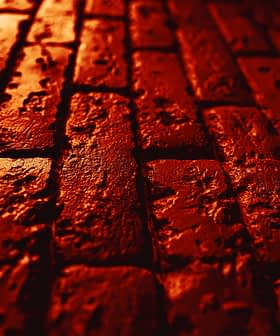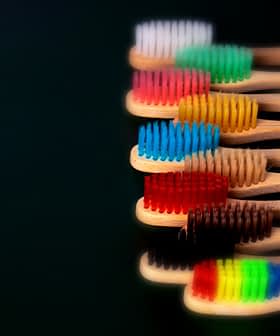
When California-based Cre-Agri, Inc., self-styled world leader in olive-phenol dietary supplements, sued its competitor, Pinnaclife, Inc., for infringement of two of its basic patents before the District Court of the Northern District of California in 2011, the possibility that those patents would be found invalid on a motion for summary judgment was probably the farthest thing from its minds.
Though each patent was found invalid for a different reason, the combined results will no doubt be a setback for companies worldwide engaged in pursuing monopoly rights on a growing body of health benefits deriving from the humble olive tree. Any chilling effect of the decisions will be accentuated by the fact that in March, 2013, the first major changes in U.S. patent law in more than a century, the America Invents Act came into effect, expanding considerably the scope of ‘prior art’ which may be used to invalidate a patent.
In summary, the first patent (No. 6,416,808, or ‘808’) was found invalid on grounds of anticipation. While its title indicated that it covered merely a ‘method of obtaining’ a composition, the body of the patent actually claimed the composition itself, i.e. “A dietary supplement comprising an aqueous extract of olives containing a weight ratio of hydroxytyrosol to oleoeuropein of between about 5:1 and about 200:1.”
The dispute arose around how to construe ‘an aqueous extract.’ CreAgri claimed this referred only to purified water. District Judge Lucy H. Koh found, based on considerable evidence (some of it contained in CreAgri’s own earlier and somewhat contradictory statements) that it also included ‘aqueous alcoholic extracts.’ The effects of this wider construction resulted in the Court’s finding that an earlier patent (referring to ‘aqueous alcoholic extracts’) had described the invention, anticipated’ CreAgri’s claims, and therefore destroyed its novelty. An earlier scientific publication, describing an ‘aqueous extract of olives,’ was also found to have anticipated CreAgri’s claims and the patent was declared invalid for lack of novelty.
The second patent (No. 8,216,599 or ‘599’) was held invalid on the grounds that it failed to provide an accurate written description of the invention sufficient to enable one to recognize that the inventor actually invented what is claimed in the patent, and that it failed to meet the requisite standard for utility. In other words, Judge Koh accepted Pinnaclife’s claim that the specification in the patent “did not support or enable the use of any hydroxytyrosol-rich composition to treat inflammation conditions claimed because the specification provides no data whatsoever to support the anti-inflammatory effects of the claimed olive-derived preparations.”
Since the early 1980s, a trend to increase the number of patents, often at the expense of quality, has been growing on the part of both governments and industry worldwide. Until recently, this was seen as key to incentivizing innovation and ensuring economic success. This movement, as the America Invents Act indicates, has probably peaked, as legislators and judges alike begin to understand that the creation and enforcement of ‘patent thickets’ stifles rather than encourages research and innovation. Those involved in discovering the hidden molecular secrets of the olive should take note of the current environment before they commit big bucks to the world of patent law.
1 CREAGRI, INC. v. PINNACLIFE INC. CASE NO. Case No. 11-CV-6635-LHK. United States District Court, N.D. California, San Jose Division. Dec. 18, 2013
2 US Patent Nos. 6,416,808 (Method of obtaining a hydroxytyrosol-rich composition from vegetation water, filed 2001, issued 2002) and U.S. Patent No. 8,216,599 (Method for treatment of inflammation, filed 2003, issued 2012).
3 Pub. L. 112 – 29, 125 Stat. 285 enacted September 16, 2011.
4 This Act did not apply to the present case because the patents were filed before the AIA came into effect.
5 “A patent claim is invalid for anticipation if, among other reasons, “the invention was … described in a printed publication in this or a foreign country …, more than one year prior to the date of the application for patent in the United States,” 35 U.S.C. § 102(b) (2006), or “the invention was described in … a patent granted on an application for patent by another filed in the United States before the invention by the applicant for patent,” id. § 102(e) (2006)” (from the judgment).








